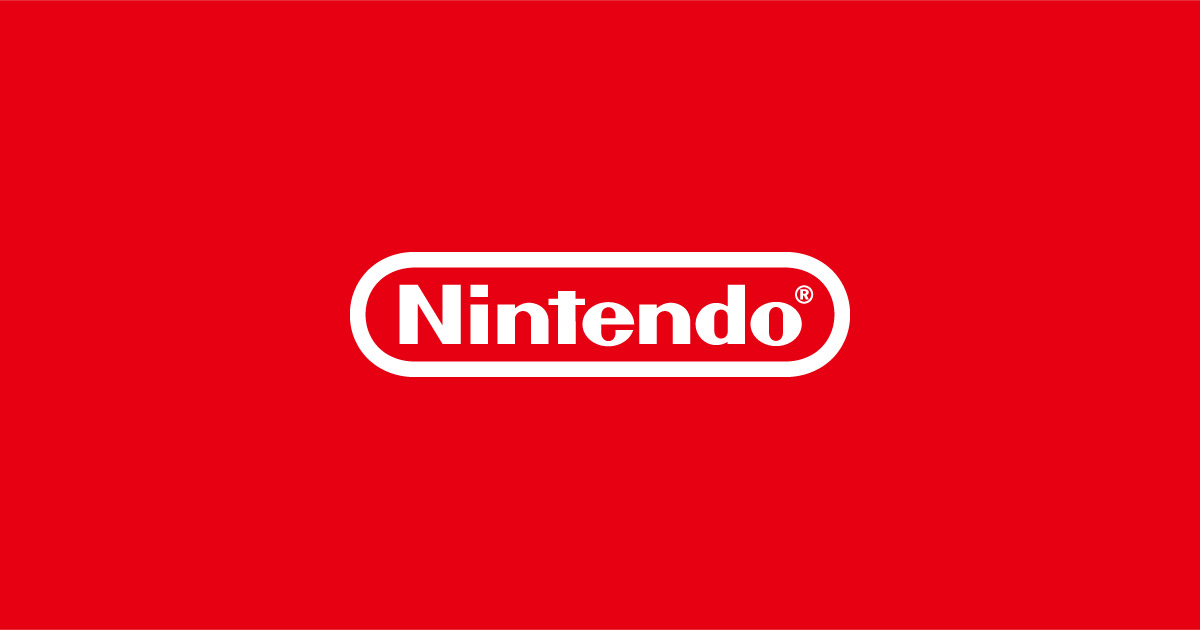Over the past decade, Nintendo has dramatically expanded its digital game distribution, with the eShop emerging as a cornerstone for both the Nintendo 3DS and Wii U platforms.
Learning from earlier forays on the Wii and DSi, Nintendo refined its digital storefront to better support indie developers, while also improving access to demos, downloadable content (DLC), and promotional deals.
While there is still room for growth on the Nintendo Switch eShop, its robust infrastructure is a testament to Nintendo’s substantial progress in digital distribution. In contrast, the Virtual Console—a service providing access to classic games—has seen less change.
Its original debut on the Wii remains a high point, earning acclaim for offering a diverse library that extended beyond Nintendo's own hardware.
Third-party developers embraced the opportunity, adding games from a wide array of legacy systems.
For seasoned gamers and newcomers alike, exploring historic titles from Nintendo and its partners was a highlight of the Wii era. The 3DS brought Virtual Console to portable hardware for the first time, adding Game Boy, Game Boy Color, and even SEGA Game Gear classics.
However, progression slowed after a strong initial offering.
While NES and select SNES titles made their way onto the handheld, notable omissions such as the Game Boy Advance—except for the limited release to '3DS Ambassador' subscribers—left some fans wanting more.
Meanwhile, the Wii U's Virtual Console prioritized Nintendo’s own catalog, adding features like Wii and DS game downloads best utilized with the system’s GamePad. These advancements illustrate how the Nintendo Switch has the potential to deliver the most comprehensive Virtual Console experience.
Thanks to its hybrid design and custom Nvidia Tegra processor, the Switch is technically well-suited to emulate and showcase a broad selection of classic titles, both at home and on-the-go.
While dual-screen platforms like the Wii U and DS present unique challenges, workarounds have enabled some legacy content to appear on new systems.
Notably, fan interest remains strongest for the GameCube, long regarded as a fan favorite and yet to be included in an official Virtual Console lineup, along with the Virtual Boy.
Recent community polls indicate overwhelming demand for GameCube support on the Switch. Empowering the Virtual Console’s return is the versatile Nvidia Tegra hardware.
Known for its strong emulation capabilities—as evidenced by Android-based devices like the Nvidia Shield—the technology provides a promising avenue for Nintendo to expand its retro catalog.
While the company is expected to tightly manage emulation standards and game selection, the technical prowess is already in place to replicate experiences from a variety of classic platforms, as GameCube emulation on the Shield has demonstrated. Feedback from Nintendo Life’s recent surveys indicates diverse opinions among dedicated fans.
Many favor the idea of bundled classic titles, citing successful packages like Capcom’s Mega Man Legacy Collection as models for delivering added value.
Bundles could appeal particularly to those hesitant to pay premium prices for individual NES or SNES games, offering greater savings and a more complete retro experience. Another point of interest is the role of Nintendo’s loyalty program, My Nintendo.
Fans hope that the service will provide meaningful perks such as exclusive discounts and unique content for digital purchases through the eShop.
Some respondents remain satisfied with the current Virtual Console approach, especially if Nintendo implements more user-friendly upgrade pricing for games previously purchased on other hardware, leveraging the newer Nintendo Account platform for seamless digital entitlements. Conversely, there is little enthusiasm for subscription-based models akin to PlayStation Plus, with most respondents preferring traditional ownership over rental or limited access to classic titles. Ultimately, most fans consider an innovative Virtual Console vital to the Nintendo Switch’s ongoing appeal.
As the system continues to bridge home and portable gaming, Nintendo is well positioned to harness nostalgia—proven by recent successes like the NES Classic Mini—and build an even more compelling digital library.
With the foundation established by the eShop and My Nintendo, and the technical capacity provided by Nvidia Tegra, the Switch stands ready to offer a new era in retro gaming accessibility and value on Nintendo hardware.
Learning from earlier forays on the Wii and DSi, Nintendo refined its digital storefront to better support indie developers, while also improving access to demos, downloadable content (DLC), and promotional deals.
While there is still room for growth on the Nintendo Switch eShop, its robust infrastructure is a testament to Nintendo’s substantial progress in digital distribution. In contrast, the Virtual Console—a service providing access to classic games—has seen less change.
Its original debut on the Wii remains a high point, earning acclaim for offering a diverse library that extended beyond Nintendo's own hardware.
Third-party developers embraced the opportunity, adding games from a wide array of legacy systems.
For seasoned gamers and newcomers alike, exploring historic titles from Nintendo and its partners was a highlight of the Wii era. The 3DS brought Virtual Console to portable hardware for the first time, adding Game Boy, Game Boy Color, and even SEGA Game Gear classics.
However, progression slowed after a strong initial offering.
While NES and select SNES titles made their way onto the handheld, notable omissions such as the Game Boy Advance—except for the limited release to '3DS Ambassador' subscribers—left some fans wanting more.
Meanwhile, the Wii U's Virtual Console prioritized Nintendo’s own catalog, adding features like Wii and DS game downloads best utilized with the system’s GamePad. These advancements illustrate how the Nintendo Switch has the potential to deliver the most comprehensive Virtual Console experience.
Thanks to its hybrid design and custom Nvidia Tegra processor, the Switch is technically well-suited to emulate and showcase a broad selection of classic titles, both at home and on-the-go.
While dual-screen platforms like the Wii U and DS present unique challenges, workarounds have enabled some legacy content to appear on new systems.
Notably, fan interest remains strongest for the GameCube, long regarded as a fan favorite and yet to be included in an official Virtual Console lineup, along with the Virtual Boy.
Recent community polls indicate overwhelming demand for GameCube support on the Switch. Empowering the Virtual Console’s return is the versatile Nvidia Tegra hardware.
Known for its strong emulation capabilities—as evidenced by Android-based devices like the Nvidia Shield—the technology provides a promising avenue for Nintendo to expand its retro catalog.
While the company is expected to tightly manage emulation standards and game selection, the technical prowess is already in place to replicate experiences from a variety of classic platforms, as GameCube emulation on the Shield has demonstrated. Feedback from Nintendo Life’s recent surveys indicates diverse opinions among dedicated fans.
Many favor the idea of bundled classic titles, citing successful packages like Capcom’s Mega Man Legacy Collection as models for delivering added value.
Bundles could appeal particularly to those hesitant to pay premium prices for individual NES or SNES games, offering greater savings and a more complete retro experience. Another point of interest is the role of Nintendo’s loyalty program, My Nintendo.
Fans hope that the service will provide meaningful perks such as exclusive discounts and unique content for digital purchases through the eShop.
Some respondents remain satisfied with the current Virtual Console approach, especially if Nintendo implements more user-friendly upgrade pricing for games previously purchased on other hardware, leveraging the newer Nintendo Account platform for seamless digital entitlements. Conversely, there is little enthusiasm for subscription-based models akin to PlayStation Plus, with most respondents preferring traditional ownership over rental or limited access to classic titles. Ultimately, most fans consider an innovative Virtual Console vital to the Nintendo Switch’s ongoing appeal.
As the system continues to bridge home and portable gaming, Nintendo is well positioned to harness nostalgia—proven by recent successes like the NES Classic Mini—and build an even more compelling digital library.
With the foundation established by the eShop and My Nintendo, and the technical capacity provided by Nvidia Tegra, the Switch stands ready to offer a new era in retro gaming accessibility and value on Nintendo hardware.






